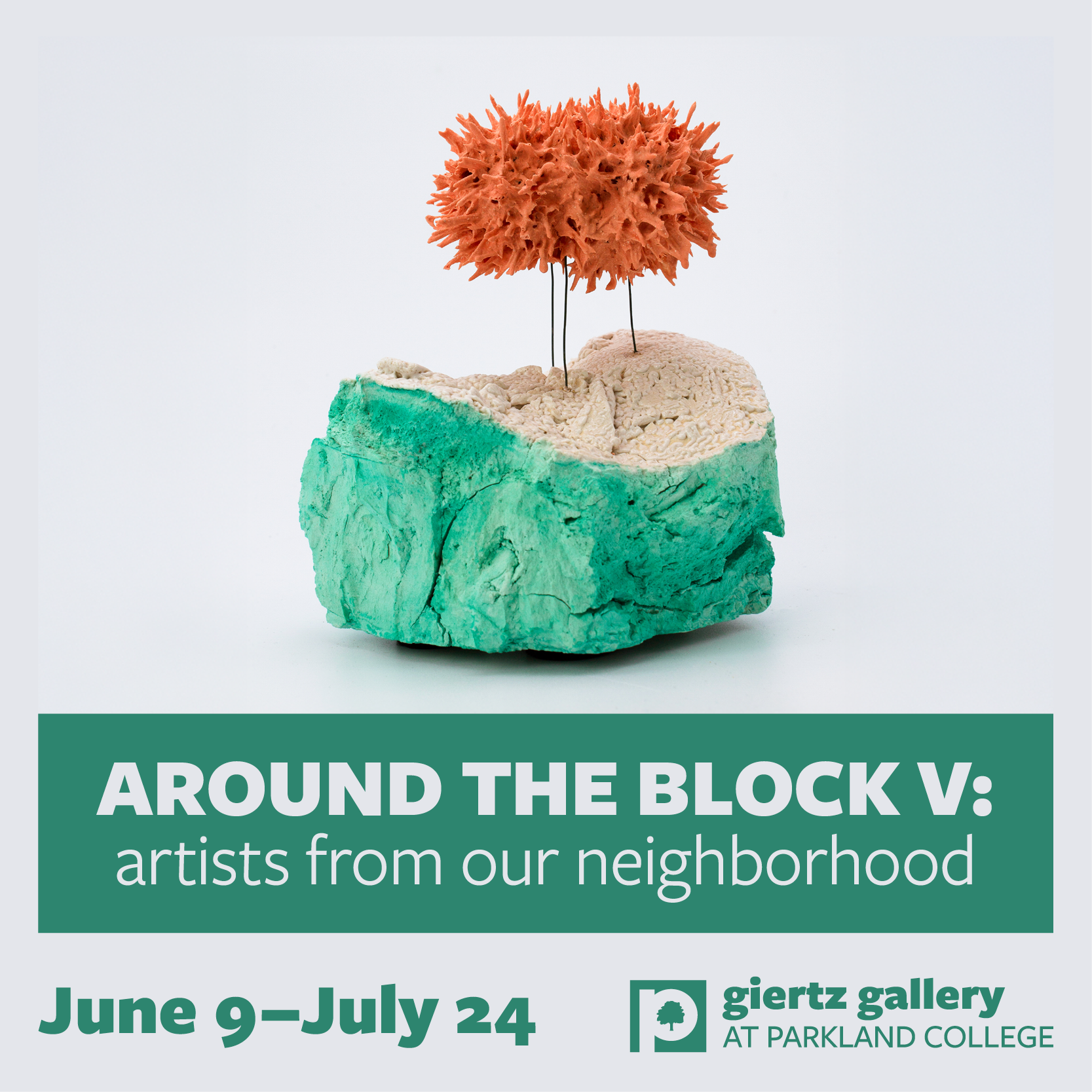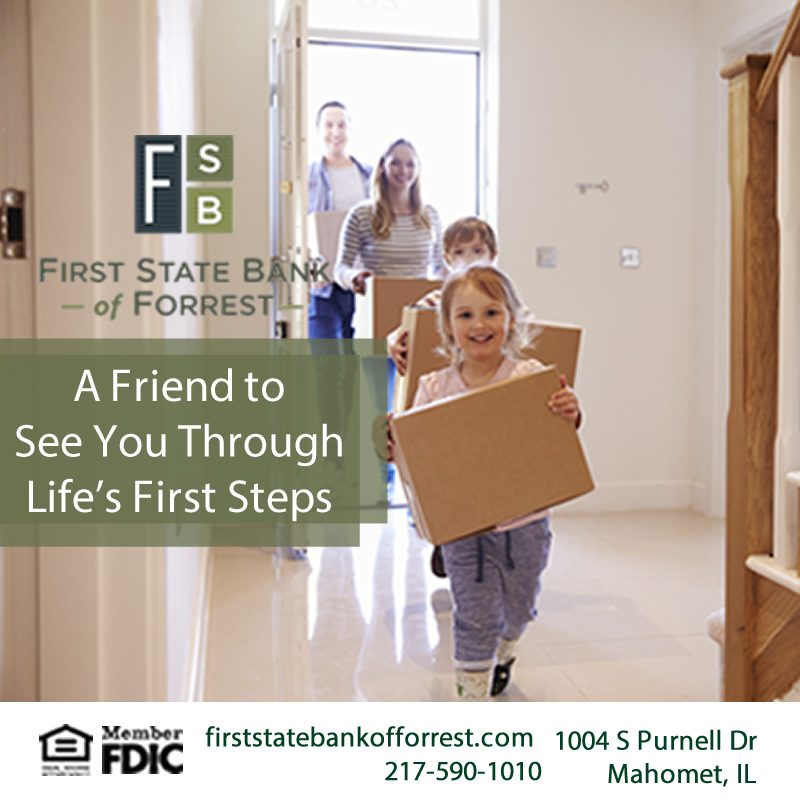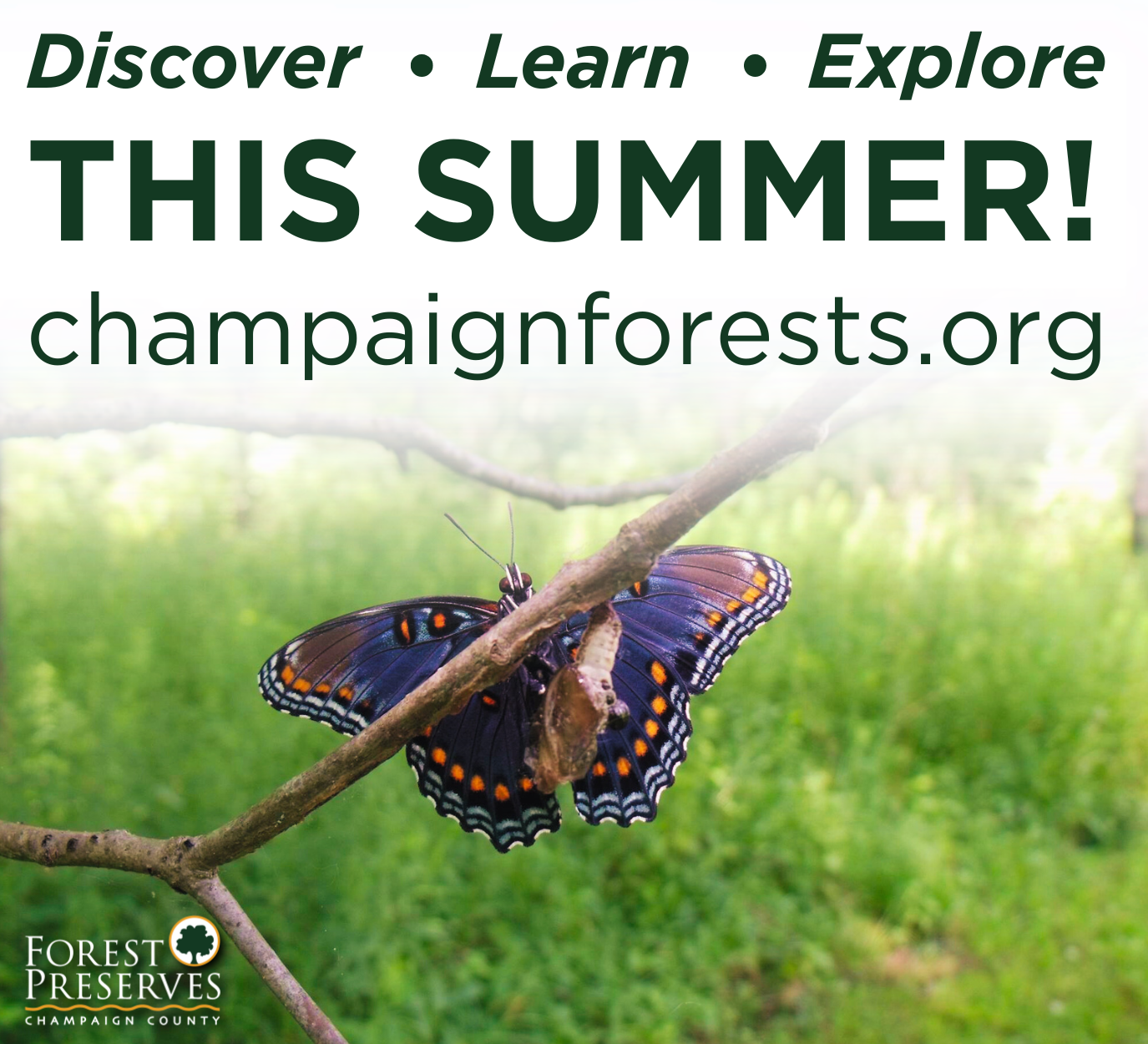Creating a butterfly oasis can be one of the most rewarding additions to any garden both in its beauty and its benefits to the environment. And with butterfly populations currently on the decline, inviting them to our gardens where they can flourish is essential for survival, both for them and us.
Support the butterfly population with these tips and watch as they grace your garden over and over!
Host Plants
Maintain your butterflies’ entire life cycle by providing host plants where butterflies lay eggs. Butterflies only lay eggs on the types of plants their offspring can use as a food source, since caterpillars cannot travel from plant to plant in search of food at such a young age. Expect lots of signs of munching on these plants, that’s what they’re for! Milkweed, parsley and dill are all great host plants for our area.
Nectar Plants

 While host plants feed the young, nectar plants feed adult butterflies. Big, bold blooms full of sugar-rich liquid are the nectar plants butterflies love. Red, yellow, orange, pink and purple hues are some of the colors they are most attracted to. Butterfly Bush and Asters are two of the most popular nectar-filled plants butterflies cannot resist!
While host plants feed the young, nectar plants feed adult butterflies. Big, bold blooms full of sugar-rich liquid are the nectar plants butterflies love. Red, yellow, orange, pink and purple hues are some of the colors they are most attracted to. Butterfly Bush and Asters are two of the most popular nectar-filled plants butterflies cannot resist!
Variety
Planting lots of different plant varieties does many things to improve your butterfly garden. Not only does it give your butterflies multiple feeding options, it also helps ensure continuous blooms, making your garden a reliable food source or your butterflies. Plus, the more it’ll attract different kinds of butterflies for your garden. Group similar flowers together so your butterflies can easily spot their favorites.
Sunshine
 Adult butterflies love basking in the sun and mainly feed in it as well. As shade descends on parts of your garden you’ll even notice your butterflies moving where sunlight remains. Lilac bushes and azaleas all flourish in full sun, just like your fluttering friends!
Adult butterflies love basking in the sun and mainly feed in it as well. As shade descends on parts of your garden you’ll even notice your butterflies moving where sunlight remains. Lilac bushes and azaleas all flourish in full sun, just like your fluttering friends!
Resting Spots

 Butterflies enjoy taking a break from fluttering for a time, so plants with platform-like blooms, like Coneflowers and Marigolds, will give them a place to perch and rest awhile. Incorporating flat stones in your garden will also give butterflies a spot to rest their wings and soak up some sun.
Butterflies enjoy taking a break from fluttering for a time, so plants with platform-like blooms, like Coneflowers and Marigolds, will give them a place to perch and rest awhile. Incorporating flat stones in your garden will also give butterflies a spot to rest their wings and soak up some sun.
Organic
Most insecticides and pesticides are toxic to butterflies and other pollinators and should never be used in your butterfly garden, so having an organic garden is key. Check out www.organicgardeninfo.com to see how you can be successful with an organic garden.
Puddling
When in search of a drink, butterflies are most attracted to damp sandy or muddy puddles. Create an area for puddling by filling a large saucer with sand and imbedding it in the soil of your garden. Water the sand consistently to keep it damp and most.
Shelter
Whether it be from the rain or from a predator, there are times when butterflies will wish to seek shelter in your garden. Shrubs or trees, where they can hide and cling to leaves, or piles of stones where they can slip between the cracks are great was to give your butterflies a place to feel safe. Incorporate trees and shrubs just outside of your garden to ensure they do not provide too much shade.
 Author: Jim Hamilton
Author: Jim Hamilton
Jim is Plant Expert at Prairie Gardens in Champaign, IL. Learn more about attracting butterflies (and birds, too!) to your gardens at his free garden seminar April 4th at 2:15pm. Visit www.prairiegardens.com to see more garden seminars with Jim.



